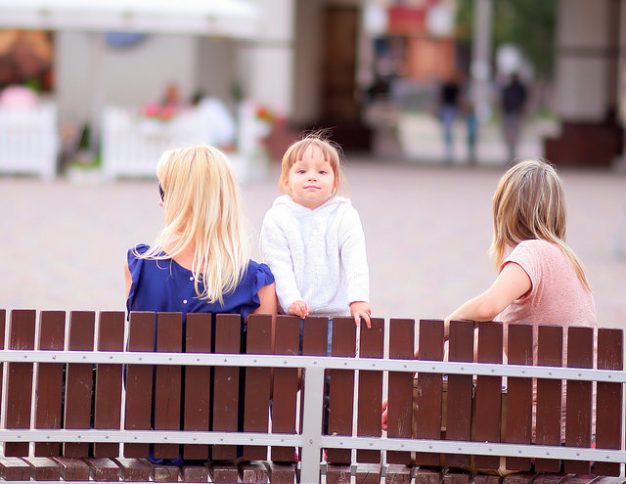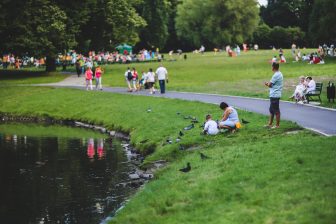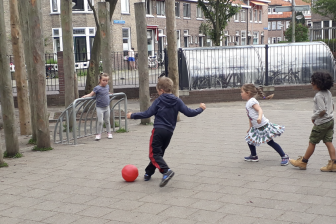
Play Through the Eyes of a Child
Unique to the playing child, or children, at any one moment in time is the motivation to create something out of apparently nothing. Constantly exposed to so much stimuli. But with, often, limited opportunities to respond through a playful context, for children, a simple object, such as a piece of wood, can be all the catalyst they need to express themselves.
Observing how children play does not often make sense to an onlooker, although to them it is very serious; their way of exposing the ‘mash up’ of stories in their minds. Through uninterrupted play children can transport themselves to magical worlds and experience wonderful adventures.
Paramount to allowing the time and space for children to enter their innovative realms either alone or with peers is that, through playing, they are externalising a range of responses that they need to experience in order to make sense of. For a child this could mean one particular object is the focus; for example, the boy repeatedly playing with the log day after day.
Regardless of whether the meaning for this kind of play is ever articulated or interpreted does not matter, what is essential is that, as adults, we acknowledge that children need time to do this.
Exposure to the Elements
What an outside environment provides for children that indoors cannot is a sense of space and, in some ways more possibilities, as their play space has fewer restrictions. A classroom – indeed most Indoor space – contains limited free play opportunities. Structured by adults, primarily as shelter to keep out the elements, the inside world can be too contained for children, who often have difficulty remaining focused when constrained by four walls and a ceiling!
Exposure to the elements is a natural influence on playing children on the trim trail. These factors can add to the tapestry of the space, adding a richer dimension to children’s play. Incorporating the natural loose parts only available in nature – logs, sticks, grass, stones, low bushes, soil, mud and so on – can embrace and provide a great outlet for children to play out their stories.
Another beneficial, and rather lovely aspect to this space is how it is ever evolving over the course of the seasons, and how groups or individual children use it differently from one day to the next.
“Going to an environment that is always the same, sends out adulterating messages of security and inertia, that many children will perceive as boring.” [1]
Adulteration in this context refers to a play space, which, although designed with children in mind, over time lacks the flexibility to become something different and keep children’s active minds engaged. In these environments children will vote with their feet, they will no longer play there.
References:
[1] Hughes. B. Evolutionary Playwork and Reflective Analytic Practice 2001 Routledge
Author: Jane Roberts
Photo Credit: Photo by Vladimir Pustovit https://www.flickr.com/photos/pustovit/




